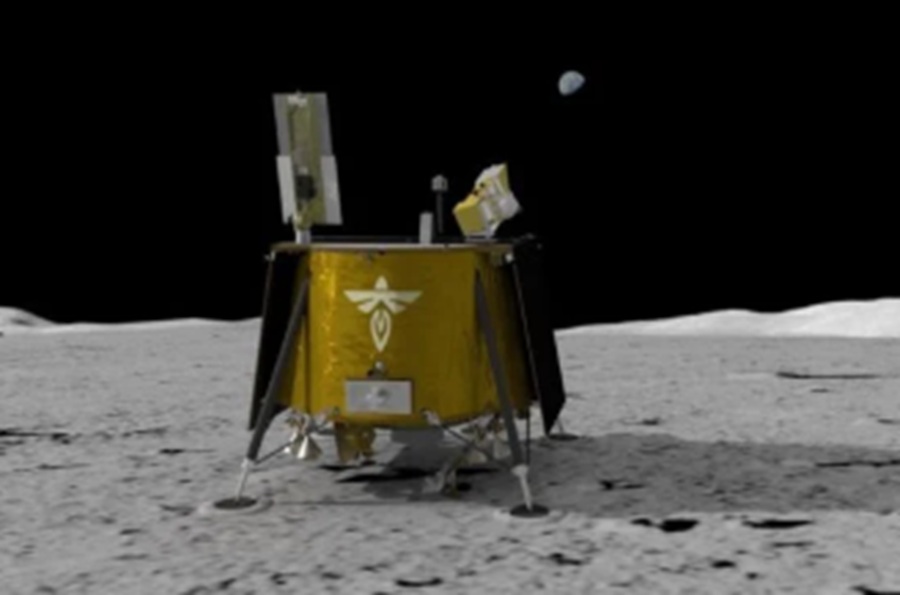In a groundbreaking achievement, the Blue Ghost lander successfully touched down on the Moon on Sunday, carrying with it a key Italian satellite navigation instrument, LuGre.
This marks a significant milestone in space exploration, being the second private lander to land on the lunar surface, following the Odysseus lander by Intuitive Machines just one year ago.
The LuGre receiver, a product of collaboration between the Italian Space Agency (ASI) and NASA, was developed by the Veneto-based company Qascom. The receiver, crucial for the Moon landing mission, was built and is operated by Qascom, with scientific support provided by the Polytechnic University of Turin. Together, they defined the scientific objectives and manage data processing for the mission.
As the lander made its descent, the LuGre instrument became the first to receive signals from navigation satellites in Earth’s orbit on the Moon’s surface. This remarkable event, which took place on Monday at 7:10 AM Italian time, saw the instrument successfully receive both GPS signals and those from the European Galileo constellation.
Teodoro Valente, the president of ASI, expressed his pride in the achievement, calling it a “challenge that has been won”. Meanwhile, Foreign Minister Antonio Tajani echoed this sentiment, saying, “How proud, Italy is on the Moon.” The successful operation of LuGre in such an extreme environment underscores the innovative capabilities of Italian technology in space exploration.
This mission, carried out by Firefly Aerospace’s Blue Ghost lander, shows not only the growing role of private companies in space exploration but also the continued prominence of Italian-made technology in these ventures. As the LuGre receiver continues to transmit critical data from the lunar surface, it marks yet another milestone in Italy’s long-standing contributions to global space science.





